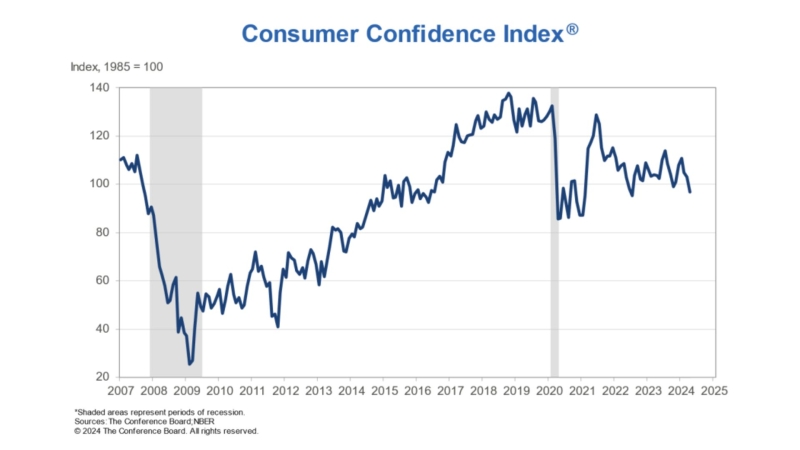Advertisement
Transparent Key to Secondary Mortgage Market Reform

The Mortgage Bankers Association (MBA) has released a new study, "Keys to Expanding Credit Access: A Common Credit Box And Clearer Representations and Warranties." This concept paper outlines steps to ensure lenders have the confidence to lend to the full range of qualified borrowers. Aligning the underwriting standards of the government-sponsored enterprises (GSEs) and creating clear standards for representations and warranties, is essential for a smooth transition to a sustainable secondary market operating with an explicit, limited government guarantee.
MBA’s concept paper is the fourth piece of a five-part plan which recommends immediate steps the Federal Housing Finance Agency (FHFA) and Fannie Mae and Freddie Mac can take to ease the transition to a new secondary mortgage market regime.
As policymakers debate the future government role in housing finance, these transition steps are essential to ensuring a stable mortgage market and preserving the operational flexibility to accommodate a range of policy outcomes.
“If we are to have a fully functioning secondary market that provides sustainable access to credit for qualified borrowers, then the development of transparent and consistent credit underwriting standards are of the upmost importance,” said Debra W. Still, CMB, MBA’s Chairman. “Any reform of the secondary mortgage market must have clear, outer boundaries of sustainable credit and clear representations of warranties to insure a vibrant, competitive, marketplace.”
MBA’s concept paper suggests that FHFA set the parameters for acceptable underwriting criteria by both GSEs and then allow them to offer credit terms within this outer boundary. Also, MBA believes that Fannie Mae and Freddie Mac should be required to synchronize their underwriting engines by year end for all mortgage terms and products offered.
The paper also calls for greater clarity in the GSEs’ representations and warranties framework. The improved framework should have the following key elements:
►Holding lenders responsible for what they control, i.e. origination and servicing practices;
►Clearly defining material underwriting breaches;
►Requiring a causal link between the breach and a default; and
►Establishing a performance benchmark after which representations and warranties are extinguished.
“Confusion and uncertainty around representations and warranties standards continues to cause lenders to add their own overlays to the existing GSE credit standards,” said Bill Cosgrove, CMB, MBA’s vice chairman. “As a result, lenders are only offering mortgages to those with the most pristine credit for fear that any borrower default will trigger costly repurchase requests. This is a major contributor to the tight credit environment that is holding back the housing recovery.”
About the author





